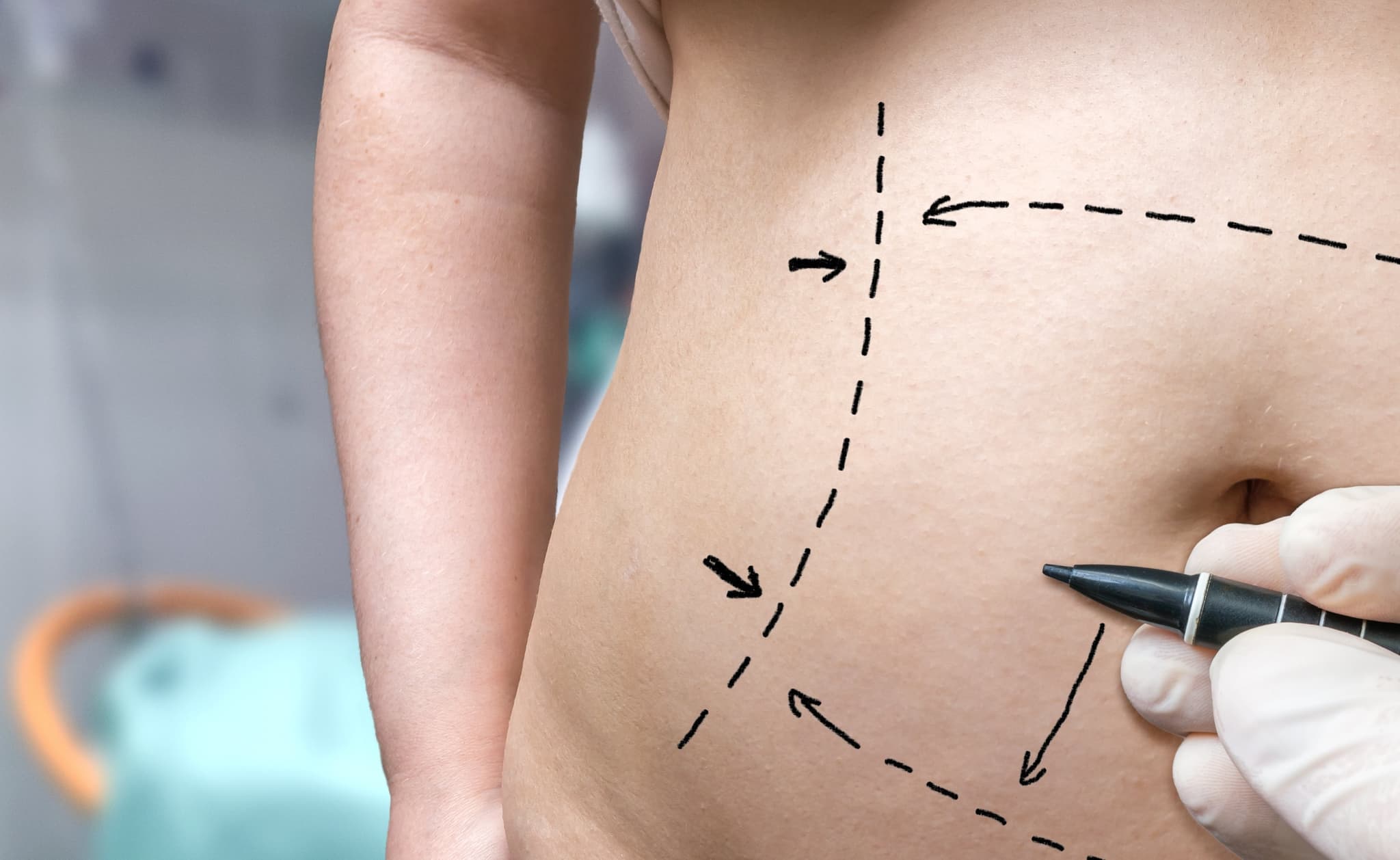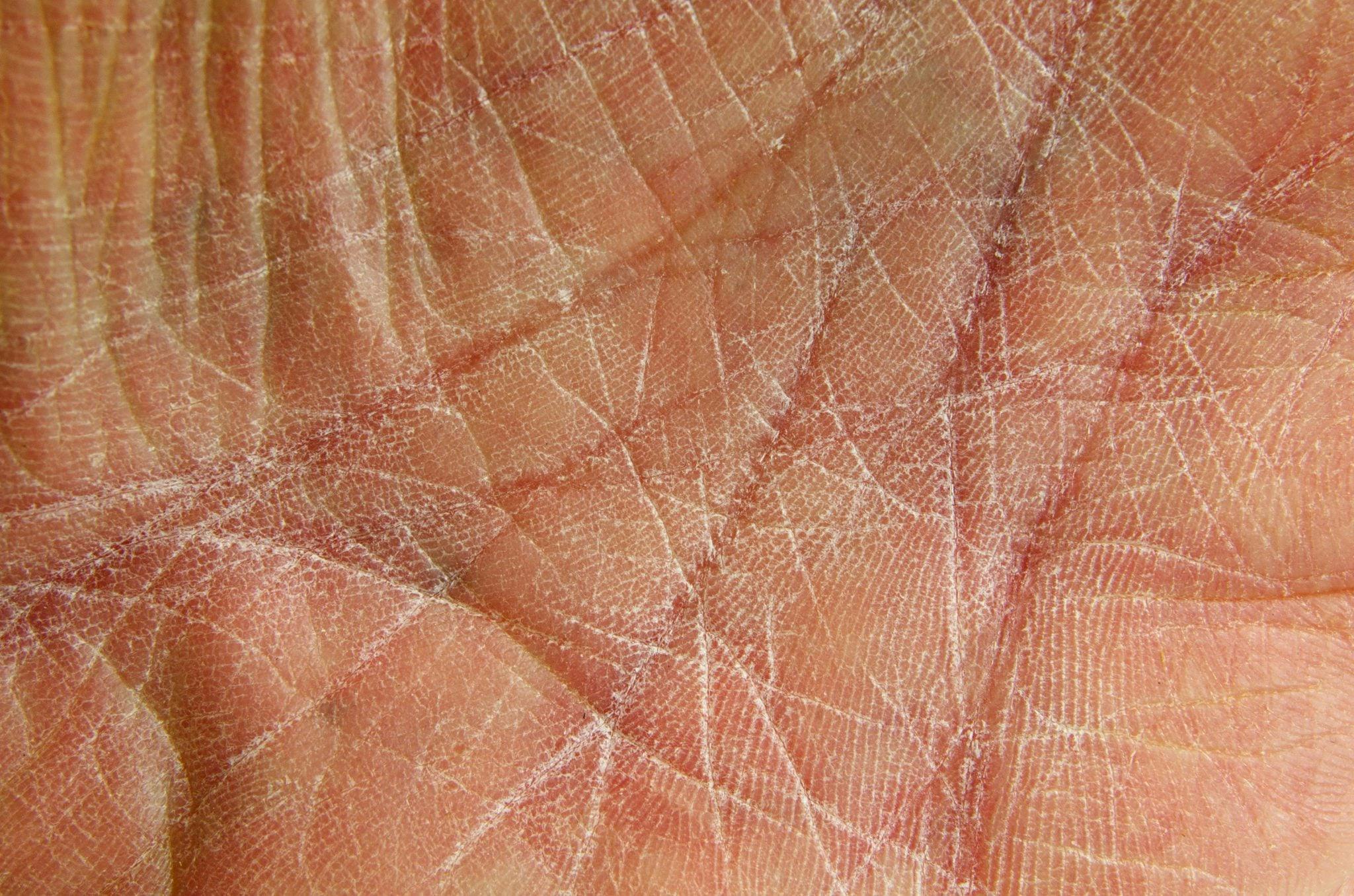
2018-10-03T09:37:12
What are the Risks of Uncontrolled Medical Conditions During Plastic Surgery?
- Plastic and Reconstructive Surgery
- Value-Based Care
July 20, 2016 | Plastic and Reconstructive Surgery

Being pregnant is a beautiful experience, but it does take a toll on your body. Most women experience sagging in the lower part of their abdomens following pregnancy and, in many cases, diet and exercise can never get rid of it completely. Fortunately, having a tummy tuck after pregnancy can help to restore your pre-baby body.
Pregnancy stretches the skin on your tummy to accommodate the baby growing inside you. Your body also stores more fat – especially around your waistline – to help nourish your baby. This excess skin and abdominal fat remains, even long after your pregnancy.
Abdominoplasty, also known as a tummy tuck, eliminates this excess skin and fat to reveal a flat, tightened tummy below. A tummy tuck helps women look and feel confident and healthy after pregnancy.
There are two main types of abdominoplasty procedures: a full tummy tuck and a mini tummy tuck. The full tummy tuck procedure involves removing excess fat and skin along with restoring weakened or separated muscles to create an abdominal profile that is noticeably smoother and firmer. Your surgeon will reposition your belly button to a natural-looking location on your tummy.
The length and shape of the incision is determined by the amount of excess skin on your tummy and does cause a scar. The horizontal incision typically runs from one hipbone to the other hipbone, but your surgeon can place it right at the bikini line – or even incorporate it into the scar from your Caesarian section – so that it is not so noticeable. You can return to work in two to four weeks after surgery, in most cases.
A mini tummy tuck is a surgical procedure in which the doctor removes only excess fat and skin. In a mini tummy tuck, the surgeon does not reposition your belly button, but will still tighten your abdominal muscles. The incision for a mini tummy tuck is quite small, running the width of your pubic bone, and the scar is generally smaller. The mini tummy tuck procedure takes only about an hour and recovery is relatively easy and usually shorter than for a full tummy tuck.
Abdominoplasty, also known as a tummy tuck, eliminates this excess skin and fat to reveal a flat, tightened tummy below. A tummy tuck can help women feel more confident and healthy after their pregnancy.
For best results, wait at least six months after the end of your pregnancy to allow your body to recover fully before undergoing either a regular tummy tuck or a mini tummy tuck.
Most healthy women who have excess skin and fat in their lower abdomens after pregnancy are good candidates for a tummy tuck. For a mini tummy tuck, however, a good candidate is a patient without much excess skin in the upper abdomen. To be a candidate for a tummy tuck after pregnancy, you must be in good enough physical health to undergo surgery and be free from any underlying medical conditions.
You are also a good candidate for a tummy tuck if you are not anticipating any more pregnancies. If you do become pregnant again, you will probably want to undergo another tummy tuck.
Additionally. a good candidate has realistic expectations for the outcome of their surgery. Surgical results may vary greatly depending on an individual’s personal muscle tone, skin elasticity and amount of weight gain during pregnancy.
Women who have good muscle tone are especially great candidates for a mini tummy tuck. To find out if you are a good candidate for a tummy tuck after your last pregnancy, make an appointment to see a surgeon at Revere Health. Our surgeon and healthcare professionals at Revere Health Plastic and Reconstructive Surgery offer a wide range of cosmetic and reconstructive surgery services. Make an appointment by calling (801) 418-0904.
WRITTEN BY:
The Live Better Team

2018-10-03T09:37:12

2017-09-19T11:00:59

2017-09-11T10:40:36

2017-09-05T09:30:10
This information is not intended to replace the advice of a medical professional. You should always consult your doctor before making decisions about your health.